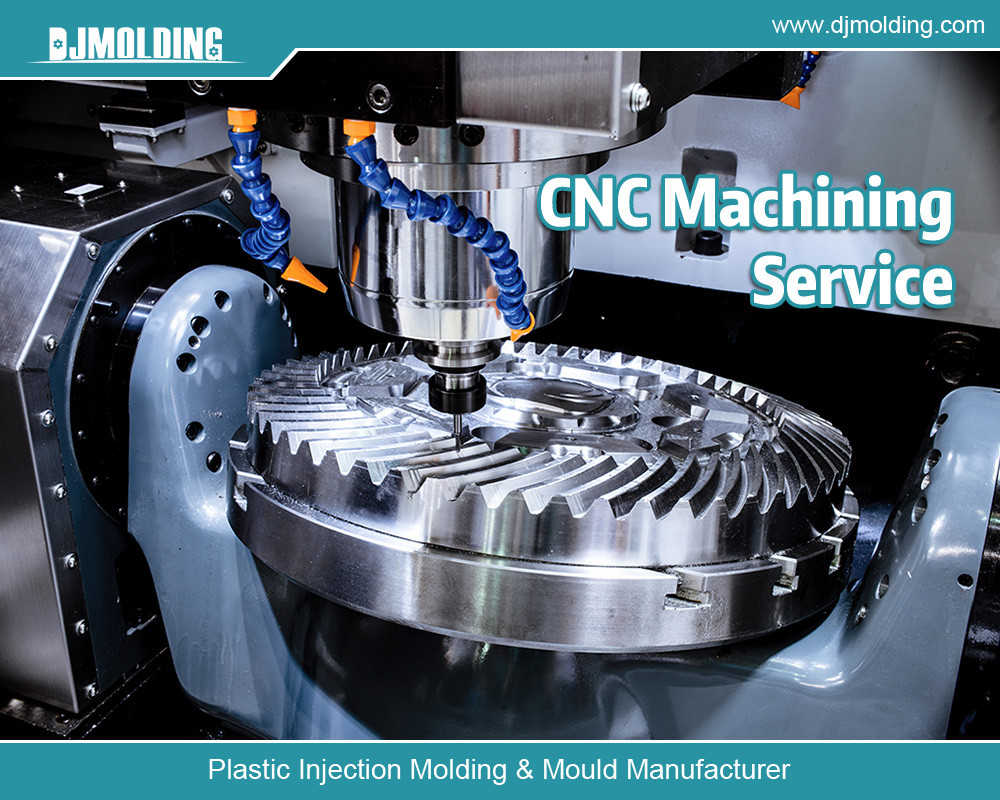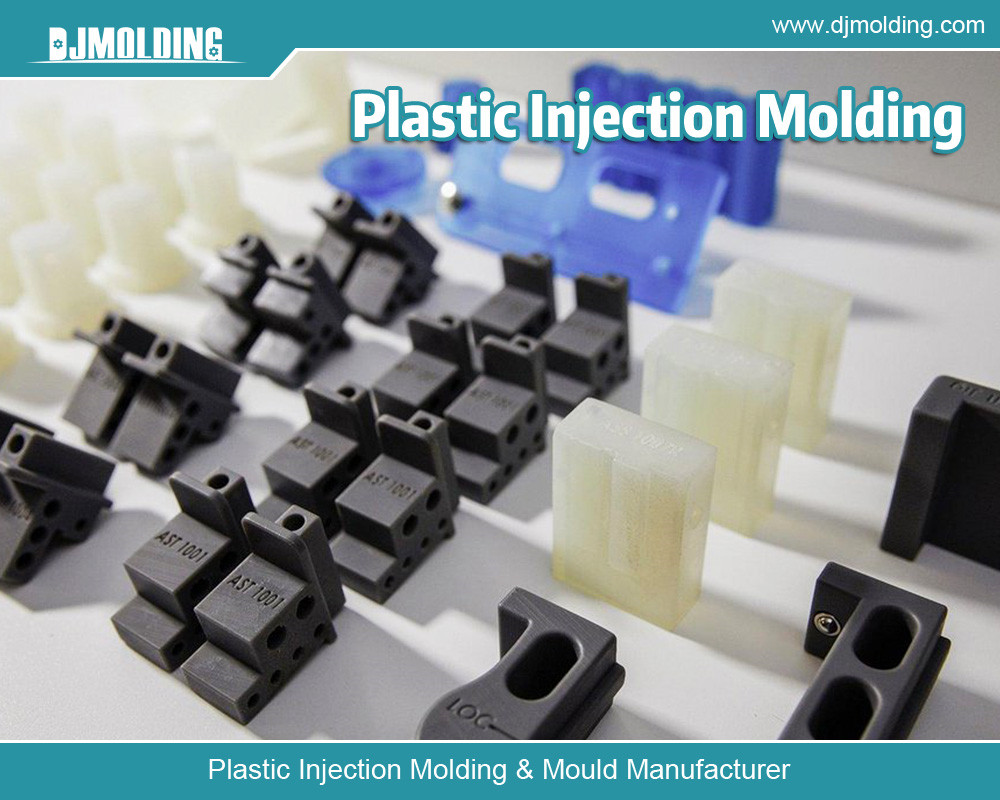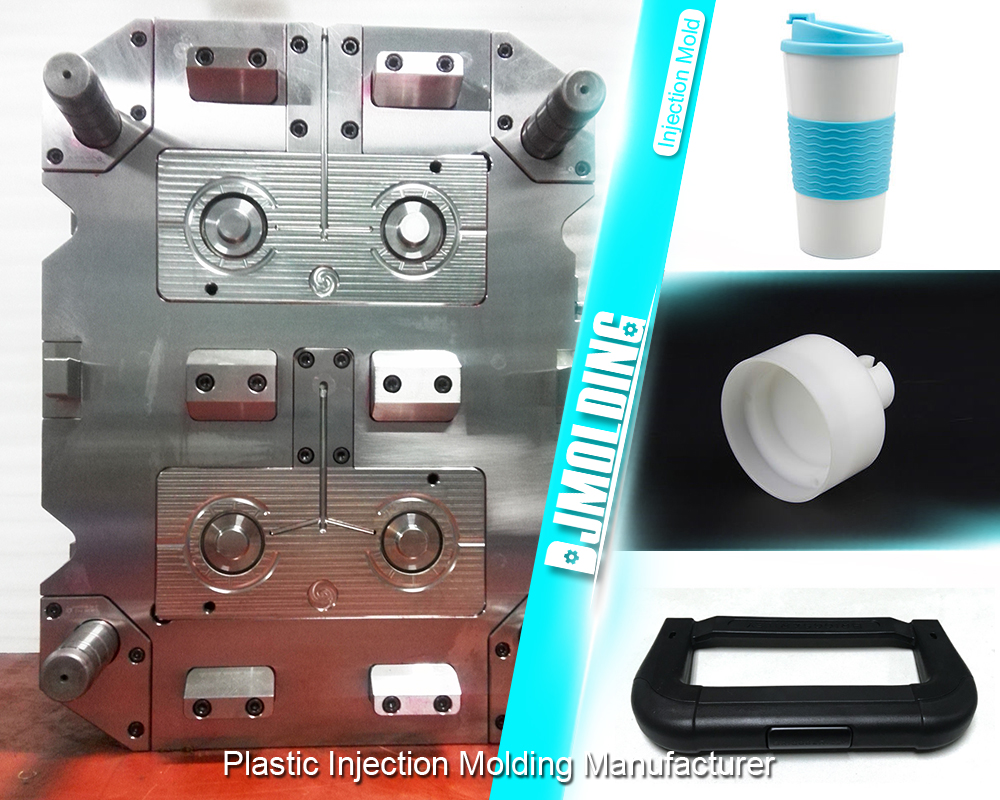CNC Machining vs. Injection Mold Making: A Comprehensive Comparison
CNC Machining vs. Injection Mold Making: A Comprehensive Comparison
CNC machining and injection mold making are two fundamental processes used to create high-quality parts and products in manufacturing and production. Both methods have unique advantages, applications, and considerations, making them suitable for different projects. This article will delve into the intricacies of CNC machining and injection mold making, comparing their processes, benefits, limitations, and applications.

1. Understanding CNC Machining
1.1. What is CNC Machining?
CNC (Computer Numerical Control) machining is a subtractive manufacturing process where material is removed from a solid block to create a part or product. The process is controlled by a computer program that dictates the movement of the machine’s cutting tools. CNC machines can perform various operations, including milling, turning, drilling, and grinding.
1.2. CNC Machining Process
The CNC machining process involves several steps:
- Design: A 3D model of the part is created using CAD (Computer-Aided Design) software.
- Programming: The CAD model is translated into a CNC program using CAM (Computer-Aided Manufacturing) software. This program directs the machine on how to cut and shape the material.
- Setup: The material is loaded onto the CNC machine, and the machine is set up according to the program’s specifications.
- Machining: The CNC machine executes the programmed commands, cutting away material to create the desired shape.
- Finishing: Post-machining processes such as sanding or polishing may be required to achieve the final finish.
1.3. Advantages of CNC Machining
- Precision: CNC machining offers high precision and accuracy, making it ideal for creating complex and intricate parts.
- Flexibility: It can work with various materials, including metals, plastics, and composites.
- Speed: The automated nature of CNC machines allows for rapid production and turnaround times.
- Customization: It is suitable for prototyping and low to medium-volume production runs, allowing for easy design modifications.
1.4. Limitations of CNC Machining
- Material Waste: CNC machining is a subtractive process that can lead to significant material waste.
- Cost: High initial setup and machine costs for smaller projects or businesses can be prohibitive.
- Complex Geometry: While CNC machining excels at many geometries, highly complex shapes may be challenging.
2. Understanding Injection Mold Making
2.1. What is Injection Mold Making?
Injection molding is a manufacturing process in which parts are created by injecting molten material into a mold cavity. The material cools and solidifies within the mold, taking its shape. Injection molding is commonly used to produce high volumes of identical parts.
2.2. Injection Mold-Making Process
The injection mold-making process involves several steps:
- Design: The part uses CAD software, creating a mold based on this design.
- Mold Creation: The mold is fabricated using machining or other manufacturing processes, typically from steel or aluminum.
- Injection: Molten material (plastic, metal, or rubber) is injected into the mold cavity under high pressure.
- Cooling: The material cools and solidifies in the mold.
- Ejection: The mold is opened, and the solidified part is ejected.
- Post-Processing: Additional finishing operations may be performed to achieve the final product specifications.
2.3. Advantages of Injection Mold Making
- High Efficiency: Once the mold is created, injection molding can produce parts quickly with minimal waste.
- Consistency: It offers high repeatability and consistency in part quality and dimensions.
- Material Variety: Injection molding can use a wide range of materials, including thermoplastics, thermosetting plastics, and metals.
- Complex Shapes: Injection molding can produce complex shapes with fine details and undercuts.
2.4. Limitations of Injection Mold Making
- Initial Costs: The cost of creating molds can be high, making it less suitable for low-volume production or prototyping.
- Long Lead Times: Mold design and fabrication can be time-consuming, leading to longer lead times before production begins.
- Design Changes: Changing the design can be challenging and costly once a mold is created.
3. Comparing CNC Machining and Injection Mold Making
3.1. Cost Considerations
- Initial Costs: CNC machining generally has lower initial setup costs than injection mold making, as it does not require the creation of a custom mold. Injection molding requires a significant upfront investment in mold design and fabrication.
- Production Costs: Injection molding is more cost-effective for high-volume production due to its efficiency and minimal material waste. CNC machining can be more economical for low—to medium-volume production or prototyping.
3.2. Material Utilization
- Material Waste: CNC machining involves removing material from a solid block, leading to potential material waste. Injection molding uses material efficiently by injecting molten material into a mold cavity, resulting in minimal waste.
3.3. Design Flexibility
- CNC Machining: Offers high design flexibility, allowing for easy modifications and prototyping. It is well-suited for complex geometries and intricate details.
- Injection Molding: Best for high-volume production of parts with consistent designs. Design changes can be costly and time-consuming once the mold is created.
3.4. Production Speed
- CNC Machining: CNC machines can produce parts quickly but are generally slower than injection molding for high-volume production.
- Injection Molding: This mold is highly efficient for mass production and can produce thousands of parts per hour once the mold is set up.
3.5. Tolerance and Quality
- CNC Machining: Known for high precision and tight tolerances, making it ideal for parts requiring exact specifications.
- Injection Molding: Offers high consistency and repeatability but may have slight variations in part quality due to factors like material flow and cooling rates.
4. Applications and Suitability
4.1. CNC Machining Applications
- Prototyping: Ideal for creating prototypes and small production runs where design modifications are anticipated.
- Complex Parts: Suited for parts with intricate geometries, high precision requirements, or those made from hard-to-machine materials.
- Tooling: Used for creating tools, fixtures, and molds for other manufacturing processes.
4.2. Injection Molding Applications
- Mass Production: This method is best for high-volume production of identical parts, such as consumer products, automotive components, and medical devices.
- Plastic Parts: Commonly used for producing plastic components with complex shapes and fine details.
- Consumer Goods: Frequently employed in manufacturing items like packaging, toys, and household products.
Choosing the Right Method
Selecting between CNC machining and injection mold making depends on various factors, including:
- Volume Requirements: CNC machining suits low to medium volumes and prototyping, while injection molding excels in high-volume production.
- Material Choice: Consider the materials needed for the part and the suitability of each process for those materials.
- Design Complexity: Assess the part design’s complexity and each method’s ability to achieve the desired results.
- Budget: Evaluate each method’s initial and ongoing production costs.

Conclusion
CNC machining and injection mold making are invaluable manufacturing processes with distinct advantages and limitations. CNC machining offers flexibility and precision and is well-suited for prototyping and small to medium-production runs. In contrast, injection mold making is highly efficient for mass production and is ideal for producing large quantities of consistent parts.
By understanding the differences between these methods, manufacturers can make informed decisions based on their specific needs, project requirements, and budget constraints. Whether choosing CNC machining for its versatility or injection molding for its efficiency, both processes play crucial roles in modern manufacturing and product development.
For more about cnc machining vs. injection mold making: a comprehensive comparison, you can pay a visit to Djmolding at https://www.djmolding.com/cnc-machining-vs-injection-mold-making-choosing-the-right-manufacturing-process/ for more info.




